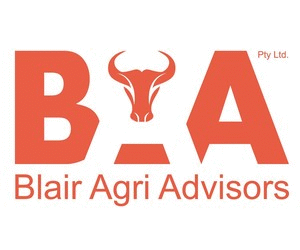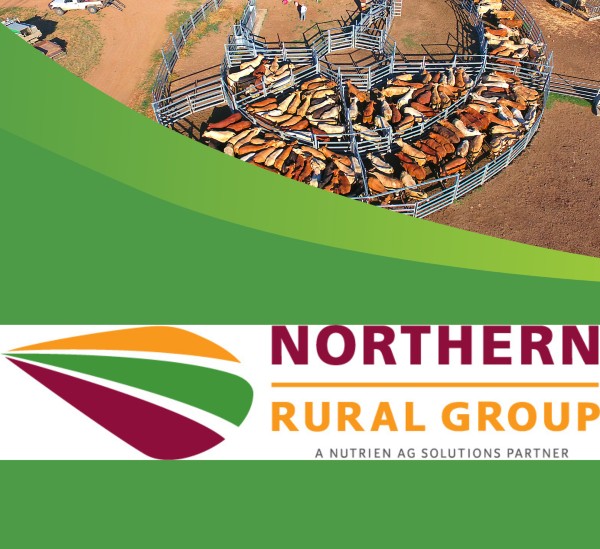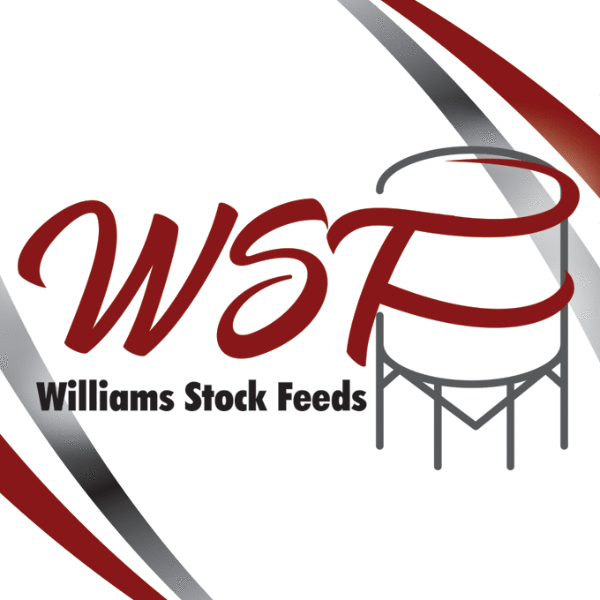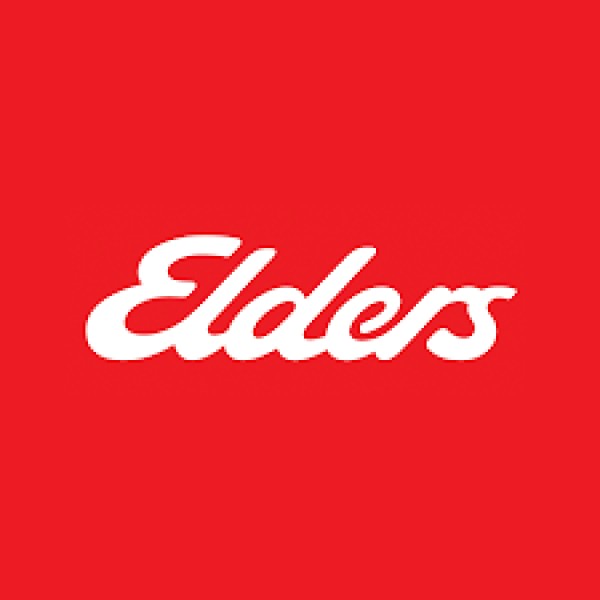The Problems Landholders face:
Severe fire conditions occur generally once every five years
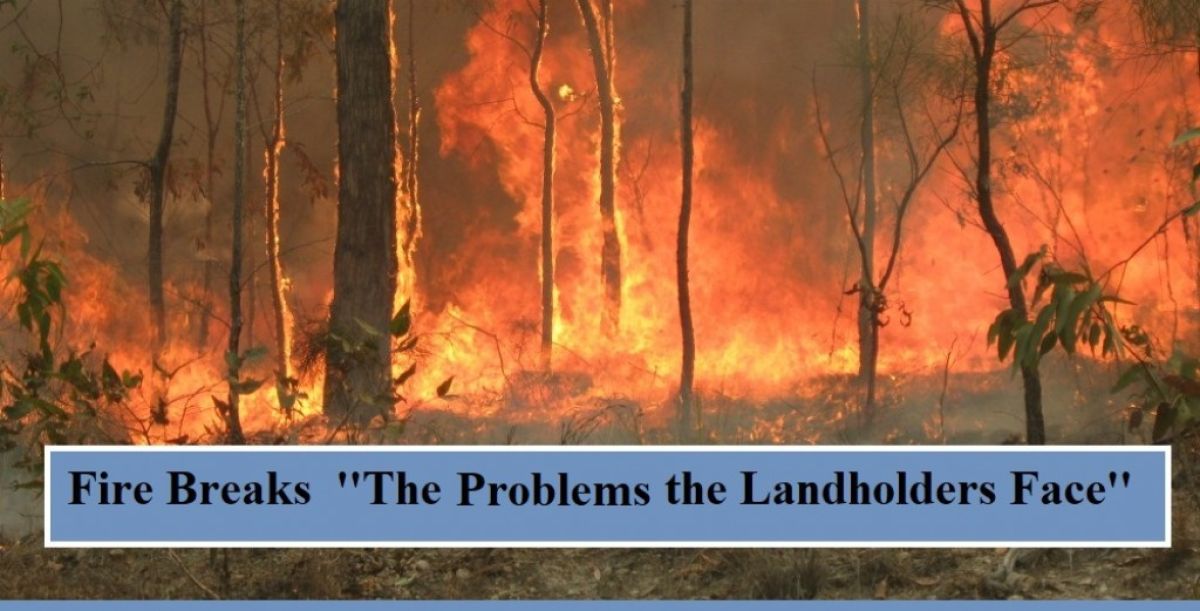
FIRE BREAKS
PROBLEMS
Landholders face:
• a bushfire season from mid to late winter through to early summer;
• the escalating risk of bushfires due to drought conditions and climate change;
• restricted ability to freely mitigate any potential loss due to current Government actions; and
• Severe fire conditions occur generally once every five years which can result in loss of valuable grazing land and at times significant property infrastructure.
PREVIOUS LAWS
Planning Regulations 2017 (Act) provides Landholders permission to clear native vegetation should it be necessary for establishing or maintaining firebreaks to protect property infrastructure, other than a fence road or vehicular track.
A firebreak is permitted to be 1.5 times the height of the tallest vegetation next to the infrastructure or twenty (20) metres whichever is the wider.
Infrastructure is defined under Act to include a building, or other structure, built or used for any purpose.
In addition, Landholders may clear native vegetation for the purpose of establishing a necessary fire management line. The maximum width being 10 metres.
Although clearing of native vegetation was authorised, under Act, there was disparity between Act and Local Planning Schemes.
Local Planning Schemes made clearing of native vegetation assessable development.
Fire mitigation work was subject to development approval and Landholder may commit an offence pursuant to Section 163, Planning Act 2016 should Landholder conduct clearing without authorisation.
This was evidenced in the Queensland Court of Appeal decision of Traspunt No 4 Pty Ltd v Moreton Bay Regional Council [2019] QCA 51.
CURRENT LAW
Planning (Spit Master Plan and Other Matters) Amendment Regulation 2019 amended Act to prohibit Local Planning Schemes from stating fire mitigation clearing is assessable development.
As a result, Landholders do not require approval from the relevant local authority provided they are undertaking fire mitigation in accord with Act and the Vegetation Management Act 1999.
Overall, the amendment provides a more transparent process for rural Landholders to undertake bushfire mitigation and should be a welcome sign for rural Landholders who can now more effectively manage the adverse effect of bushfires.
Emanate Legal can assist with any queries with clearing.
Should this be of interest to you, feel free to contact Emanate Legal +61 (07) 4727 0100





